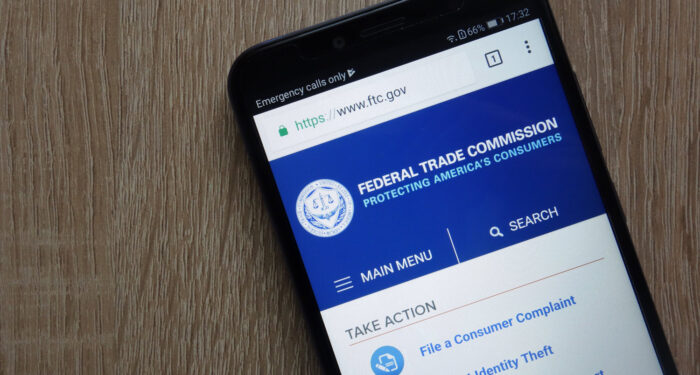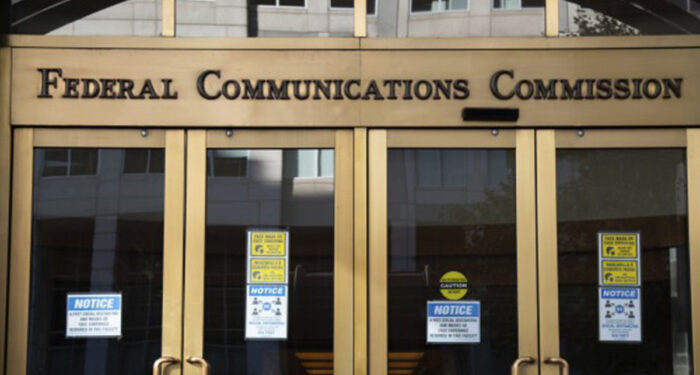Last week, in Allan v. Pa. Higher Educ. Assistance Agency, the Sixth Circuit became the latest court of appeals to consider what functionality a system must possess to be an automatic telephone dialing system (ATDS). The court joined the Second Circuit (Duran) and Ninth Circuit (Marks) by holding that a system is an ATDS if it can store and automatically dial telephone numbers. This interpretation conflicts with the conclusions reached by the Seventh Circuit (Gadelhak) and Eleventh Circuit (Glassser), which held that a system is an ATDS only if it can generate and automatically dial random or sequential numbers. The Third Circuit (Dominquez) also applied a number generation test, albeit with little analysis of the statutory language or other possible interpretations. Fortunately, the Supreme Court is set to resolve the circuit split next term.
In the meantime, there is more to unpack in the Allan opinion. Although businesses are undoubtedly disappointed with the holding, portions of the opinion may be helpful in limited contexts.
First, the court noted that an ATDS must be capable of automatic dialing. This seems obvious, and comports with other court opinions, but should help placate those concerned that every smartphone or phone system is an ATDS merely because it has click-to-dial or click-to-text functionality.
Second, the court said that devices with voice activation software, like Siri or Alexa, or the ability to send automatic response messages are not ATDSs. In addition to protecting smartphones, this may be helpful for defendants that use manual (“peer-to-peer” or “person-to-person”) text systems, which have auto-response functionality but cannot send large batches of texts at the same time.
Last, the court cited the D.C. Circuit’s ACA Int’l opinion for the proposition that “a device is an ATDS only if it actually is used in the way prescribed by statute.” In ACA Int’l, the D.C. Circuit rejected the Federal Communications Commission’s 2015 interpretation that a device is an ATDS if it has the potential capacity (can be modified) to perform the requisite autodialing functions. Courts now analyze whether the system has the current capacity (without modification) to operate as an ATDS. Although its reading of ACA Int’l may be strained, Allan goes further by stating that a device is not an ATDS unless the caller uses the ATDS functionality. Businesses should not rely on this language for compliance purposes, but it could be helpful for defendants within the Sixth Circuit who manually called or texted numbers using a system with autodialing functionality. Similarly, it may be helpful for defendants facing allegations that their manual and autodialing systems are not sufficiently segregated (i.e. they are different modes on a single system rather than separate systems).
* Shuqing Li contributed to this post.





